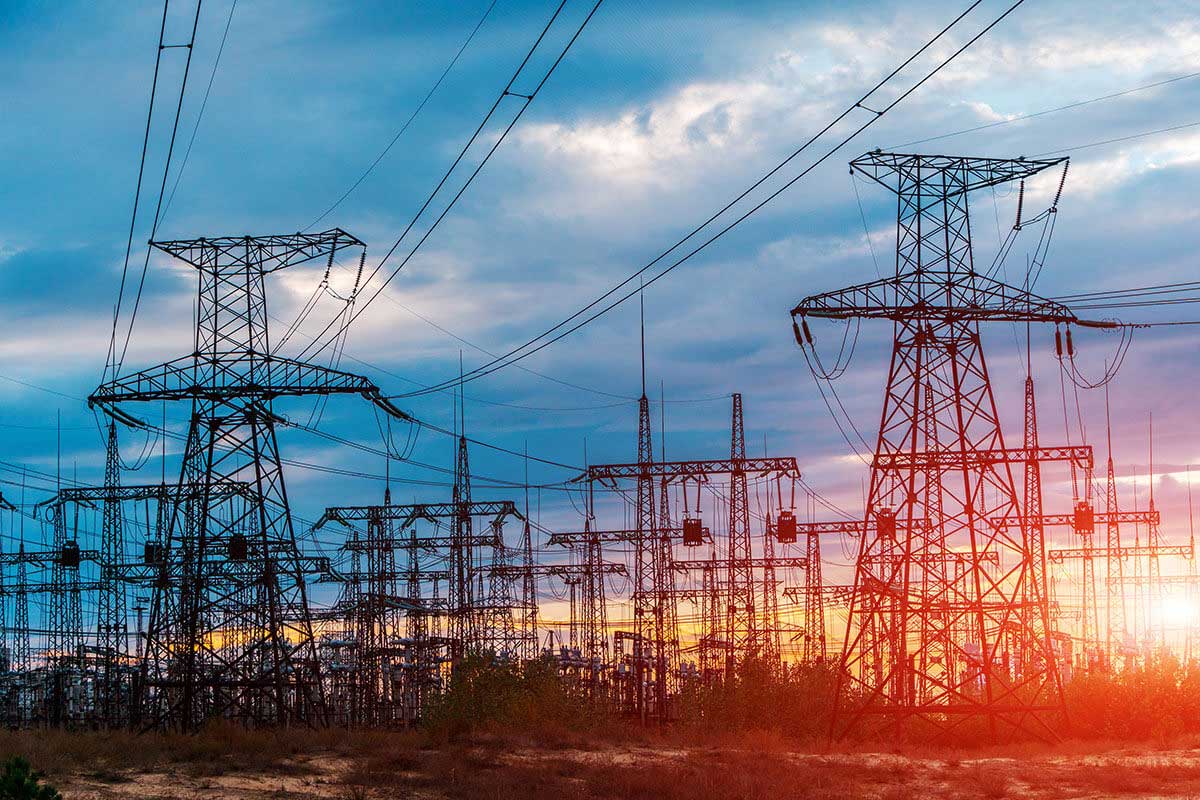

Infrastructure has proven to be the backbone of the countries transforming themselves through the journey of development and upliftment of the population. While looking at this through the economic spectrum, the amount of spending required for these infrastructure development project works is also huge. Yet infrastructure stands as the proven mean to not only bring the economic opportunities into the region but also acts as an agent of seamless and effective transformation to the cities and the rural areas while emphasizing on the living standards as well as ease of doing business.
With a long term vision for 2025 of infrastructure development for India in key sectors, launched in December 2019, the National Infrastructure Pipeline (NIP) intends to propel the economic growth for facilitating ease of living and meeting the growth aspirations across the country. While understanding the tenacity of infrastructure in nation building, a multi-modal connectivity acts a key enabler in the overall development of multiple urban, industrial centers across India. PM Gati Shakti, a national masterplan for multi-modal connectivity is launched for providing integrated and seamless connectivity for movement of people, goods and services from one mode of transport to another.
The power sector plays an instrumental role in meeting the multiple infrastructure goals and objectives through strategies highlighted in the national infrastructure pipeline plan. The total capital expenditure in infrastructure sectors in India during fiscal FY 2019-20 to FY 2024-25 is projected at `111 trillion1, where the Power and Renewable Energy (RE) sector will contribute to ~22 per cent1 of the total CAPEX share. Its contribution has strategic importance in meeting the Infrastructure Vision 2025 of improving the Infrastructure services which results in improving the quality of life and ease of living in India to the global standards. While in the recent years, a lot has been done in this direction such as facilitation of power sector reforms, bringing policy and regulatory smoothness and enabling grounds for private sector investment in renewable energy projects and power transmission infrastructure projects, yet there is a lot that can be done as well. There has been a growing need and scope to leverage the use of tools and technologies for implementation of projects at various phases, having significance from economic and developmental viewpoint, in the power sector.
The setting up of near term targets for 2030 for meeting 50 per cent2 of its energy requirements from renewable energy would require the seamless and timely delivery of renewable energy projects within budgeted costs without any cost overruns and delays will be the topmost priority. By way of doing this, the seeds of energy transition shall also be propagated for the benefit of current and future generations of the nation.
For expediting such projects of advanced impact and to overcome the obstacles affecting their timely delivery it is crucial to have a centralized monitoring system in place. To such a role Gati Shakti has been of utmost relevance to the power sector. Also, with investments pouring into the New and Renewable Energy sector makes it attractive clearly from the higher economic growth viewpoint and increasing energy demand across the nation. In FY 2021- 22 alone, the investment in the New and Renewable Energy sector increased by 125 per cent compared to FY 2020-21 and 72 per cent over pre-pandemic FY 2019-203.
In line with the goal of PM Gati Shakti, the nation’s entire energy infrastructure has to be mapped. The existing Inter State Transmission System (ISTS) lines have been mapped on the National Master Plan (NMP) Portal spanning across length and breadth of the country. Also, a total of 90 per cent under construction ISTS lines have been integrated in this portal while remaining 10 per cent ISTS lines are yet to be integrated after route survey finalization by the respective Transmission Service Providers.
In development of power transmission projects, PM Gati Shakti NMP portal shall play a critical role in planning, tendering, and implementation and approval stages. At the planning stage, users shall identify the tentative line length of the planned transmission line and location of the substation(s). Under the tendering/bidding stage, the survey agency will utilize the portal for identifying the best techno-economical route. During the implementation stage, based on actual conditions, finalization of the transmission line route and location of substation shall be done. Lastly, approval stage is envisaged for single window clearance.
The journey of the green economy essentially needs efficient and robust systems in place to enhance the global competitiveness of the nation. The holistic nature of Gati Shakti will bring more efficiency and governance efficacy in the system and may prove to be a game changer for the large infrastructure/ power sector centric projects highlighted under the National Infrastructure Pipeline.
Source: 1: NIP Report of the Task Force | 2: PIB; National Statement by PM COP26 Summit in Glasgow
By: R. Lakshmanan, Executive Director, REC Ltd.